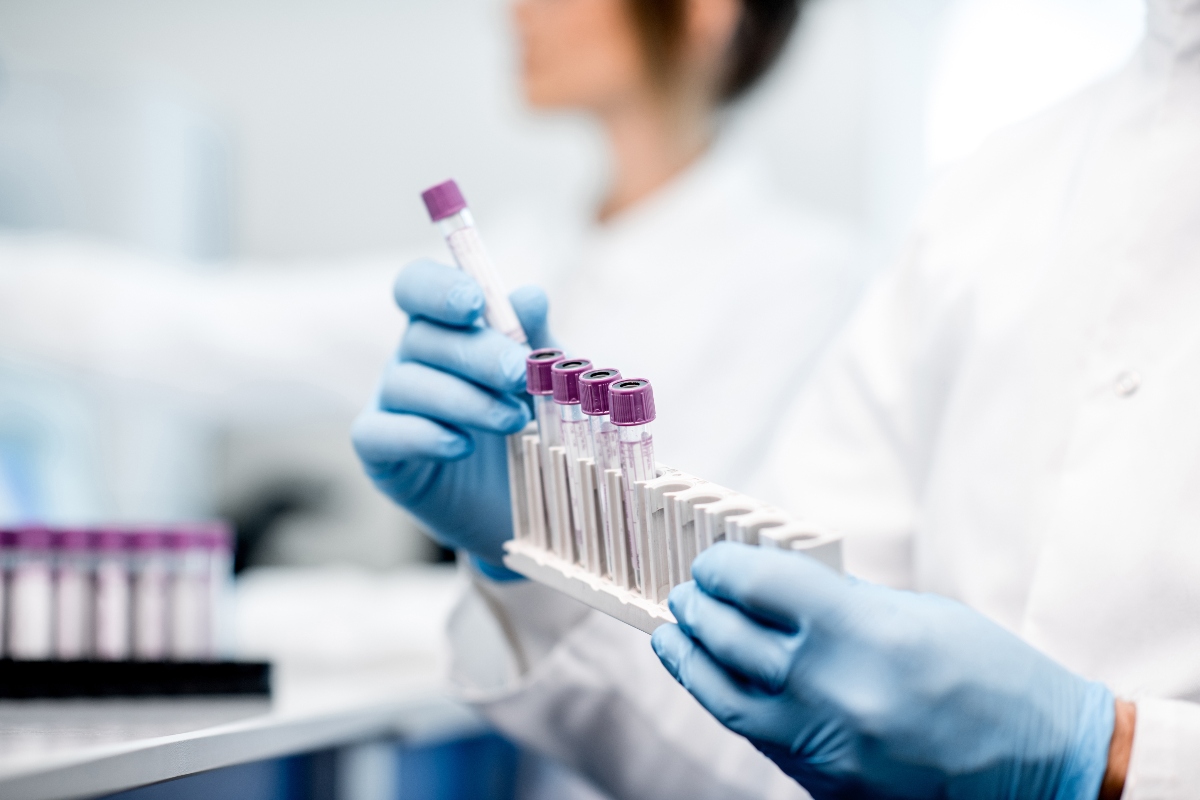 A brief history of biosensing"
class="w-full h-full object-cover"
/>
A brief history of biosensing"
class="w-full h-full object-cover"
/>
A brief history of biosensing
Biosensing as a field has evolved into a cornerstone of modern diagnostics, paving the way for precise, real-time analysis of biological systems. Its development reflects a combination of biochemistry, electrochemistry, materials science and systems engineering.
From rudimentary electrochemical setups to advanced multiplexed nanomaterial-based devices, biosensing has come a long way since its influential origins. To understand how far the field has come and where it might go next, it’s worth looking back at the key milestones that have shaped its evolution.
1962: The enzyme electrode and the dawn of biosensing
The concept of modern biosensors is widely attributed to Leland C. Clark, whose 1962 invention of the enzyme electrode fundamentally reshaped analytical chemistry. Clark, in collaboration with Ann Lyons, developed a sensor integrating immobilised glucose oxidase (GOx) on an oxygen electrode, laying the foundation for amperometric electrochemical biosensing. This configuration enabled the quantitative detection of glucose via enzymatic consumption of oxygen, providing a critical tool for managing diabetes.
Clark’s innovation offered both sensitivity and selectivity, which was an indispensable attribute in clinical diagnostics. The enzyme electrode led to a new paradigm of biochemical specificity transduced into an electrical signal.
1970s-80s: Growth of enzyme-based biosensors
The decades that followed saw intense development in enzyme-based biosensors, expanding into lactate, urea and cholesterol detection. These systems primarily relied on first-generation biosensors, where the transduction was linked to the natural redox reaction of the enzyme's substrate. In the midst of this growth, Yellow Springs Instrument Co,. Inc. then introduced the first commercial biosensor in 1975.
Technological advancements during this period also gave rise to second-generation biosensors, which incorporated mediators to shuttle electrons from the enzyme to the electrode, improving response times and operational stability. Materials such as ferrocene became standard mediators, and carbon electrodes were preferred for their stability and biocompatibility.
1990s: Optical biosensors and immunosensing
With the miniaturisation of photonic components and the rise of molecular biology, the 1990s ushered in the optical biosensor era. These platforms exploited changes in fluorescence, surface plasmon resonance (SPR), and refractive index to monitor biomolecular interactions in real time.
One notable class of optical biosensors was the immunosensor, employing antibodies to capture target analytes. Optical immunosensors offered high sensitivity and specificity without the need for redox reactions or enzymatic turnover.
2000s-2010s: Rise of point-of-care and home diagnostics
The new millennium saw biosensors migrate from clinical labs to point-of-care (PoC) settings. Enzyme electrodes evolved into portable diagnostic strips, most commonly used by commercial glucose meters. The rise of screen-printed carbon electrodes (SPCEs) made it feasible to produce affordable, disposable sensor platforms at scale.
This period also saw increased interest in non-invasive sensing, including salivary, sweat, and tear diagnostics, made possible through advances in electrochemical transduction, microfluidics and low-power electronics.
Present day: Modern nanomaterials and their challenges
Today, electrochemical biosensors are entering a new phase powered by carbon nanomaterials like graphene and carbon nanotubes as well as noble metals. They offer higher surface areas, superior conductivity and tunable chemistries, enabling label-free detection methods and femtomolar sensitivity. However, their performance in the lab does not always translate to commercial viability. These nanomaterials introduce persistent challenges that limit scalability and reproducibility.
- Batch-to-batch variability in surface morphology and conductivity
- Manufacturing scalability issues due to complex or inconsistent synthesis methods
- Biofouling in biological matrices, leading to signal drift or degradation over time
- Functionalisation trade-offs, where surface modification reduces electronic performance
Gii: The future of electrochemical biosensing
As biosensing enters its next frontier, one material stands out as the future of electrochemical performance, Gii. Gii is a proprietary carbon nanomaterial that combines the sensitivity of advanced carbon systems with commercial-scale reproducibility. Where traditional nanomaterials struggle with variability, fouling and fabrication issues, Gii delivers graphene-like conductivity, a large electroactive surface and consistent batch-to-batch performance.
Gii offers low-noise and high sensitivity without the supply chain, sustainability or cost burdens of noble metals. Its antifouling properties make it ideal for use in complex biological fluids like saliva, blood and sweat, enabling accurate, real-time measurements without signal degradation. It's biocompatible, scalable and proven in a range of sensor formats from pressure sensors to label-free cytokine detection.
If you're building the next generation of biosensing platforms, Gii gives you a material advantage. To understand what makes it different and how it is paving the way for the future of biosensing, download our technical guide below.

.jpg)

